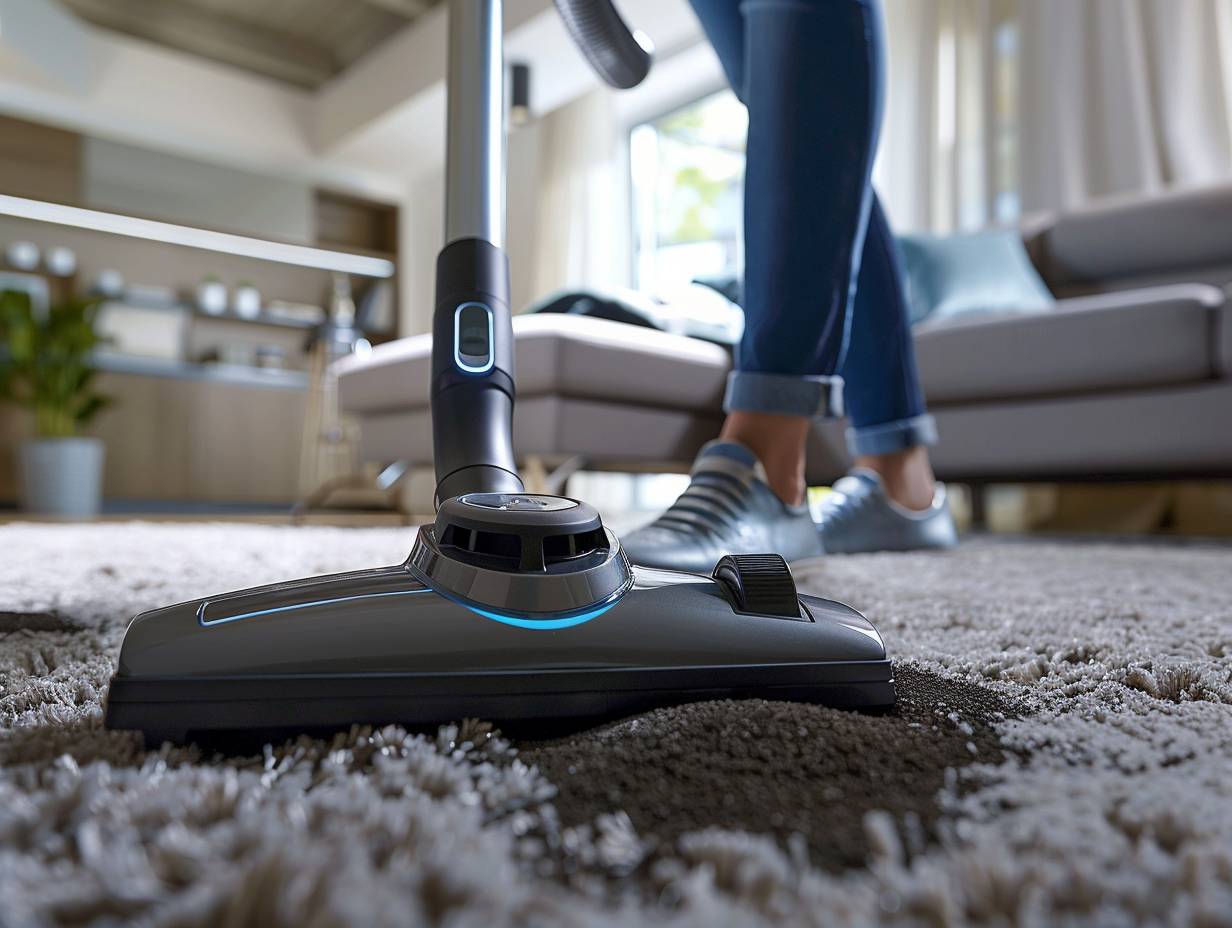
Why Do Dogs Chase Vacuum Cleaners
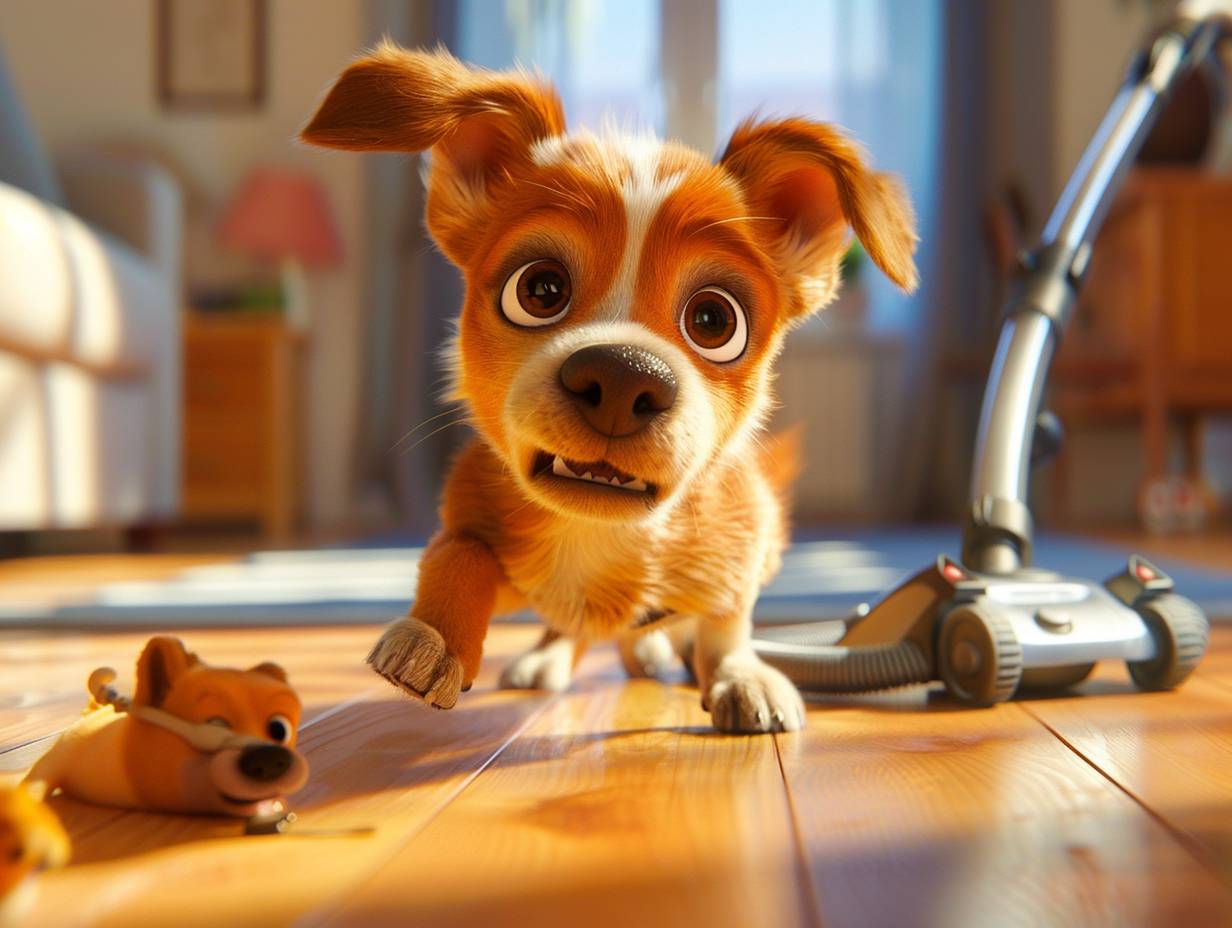
Have you ever wondered why dogs have such a strong urge to chase after the vacuum cleaner like it’s the ultimate prey?
Well, there are intriguing reasons behind this behavior that might surprise you.
From their innate instincts to their reactions to sensory stimuli, dogs’ fascination with vacuum cleaners goes deeper than you might think.
Understanding these motives can shed light on how to help your furry friend cope with this common household dilemma.
Key Takeaways
- Chasing stems from instinctual responses to noise and movement.
- Dogs perceive vacuums as potential threats or prey.
- Sensory overload from noise triggers stress responses.
- Curiosity and playfulness drive some dogs to chase vacuums.
Common Reasons Dogs Chase Vacuums
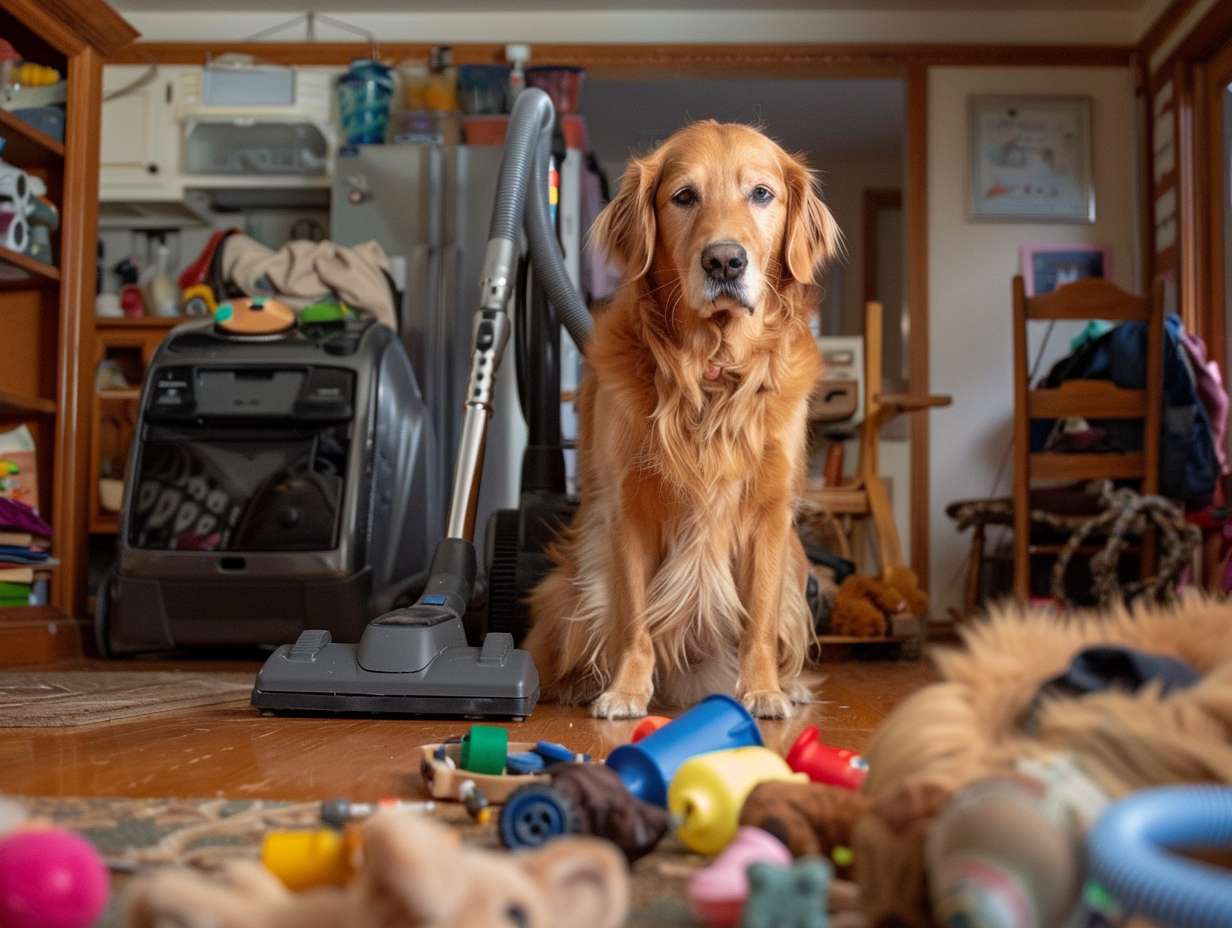
When dogs chase vacuum cleaners, it’s often due to their instinctual response to the noise and movement. From a dog’s perspective, the vacuum cleaner can appear as a potential threat or prey triggering their natural instincts. The noise produced by the vacuum can mimic sounds that alert dogs in the wild, causing them to react defensively or with curiosity.
Moreover, the swift movements of the vacuum cleaner can activate a dog’s prey drive. Dogs have a natural inclination to chase after moving objects, as it resonates with their predatory nature. This behavior is further fueled by the vacuum’s unpredictable patterns and sudden changes in direction.
In addition, dogs may perceive the vacuum cleaner as an intruder in their territory, prompting them to protect their home by either barking at or chasing it away. This territorial response stems from the dog’s innate instinct to guard their living space from potential threats.
Natural Instincts and Prey Drive
Dogs’ natural instincts and prey drive play a significant role in their tendency to chase after vacuum cleaners. When your furry friend catches sight of the vacuum cleaner whirring across the floor, their innate behaviors kick in, triggering a response that compels them to give chase. Here’s why:
-
Predatory Instincts: Dogs have a strong predatory instinct ingrained in their DNA, stemming from their ancestors who relied on hunting for survival. The sudden movement and noise of the vacuum cleaner can trigger this instinct, making them perceive it as potential prey that needs to be captured.
-
Chasing Behavior: Dogs are natural hunters and chasing is a fundamental part of their hunting strategy. The vacuum cleaner moving swiftly resembles the movement of prey trying to escape, triggering your dog’s chase response.
-
Sensory Stimulation: The combination of visual movement and the noise produced by the vacuum cleaner can stimulate your dog’s senses, heightening their excitement and drive to engage with the moving object.
Sensory Overload and Stress Responses
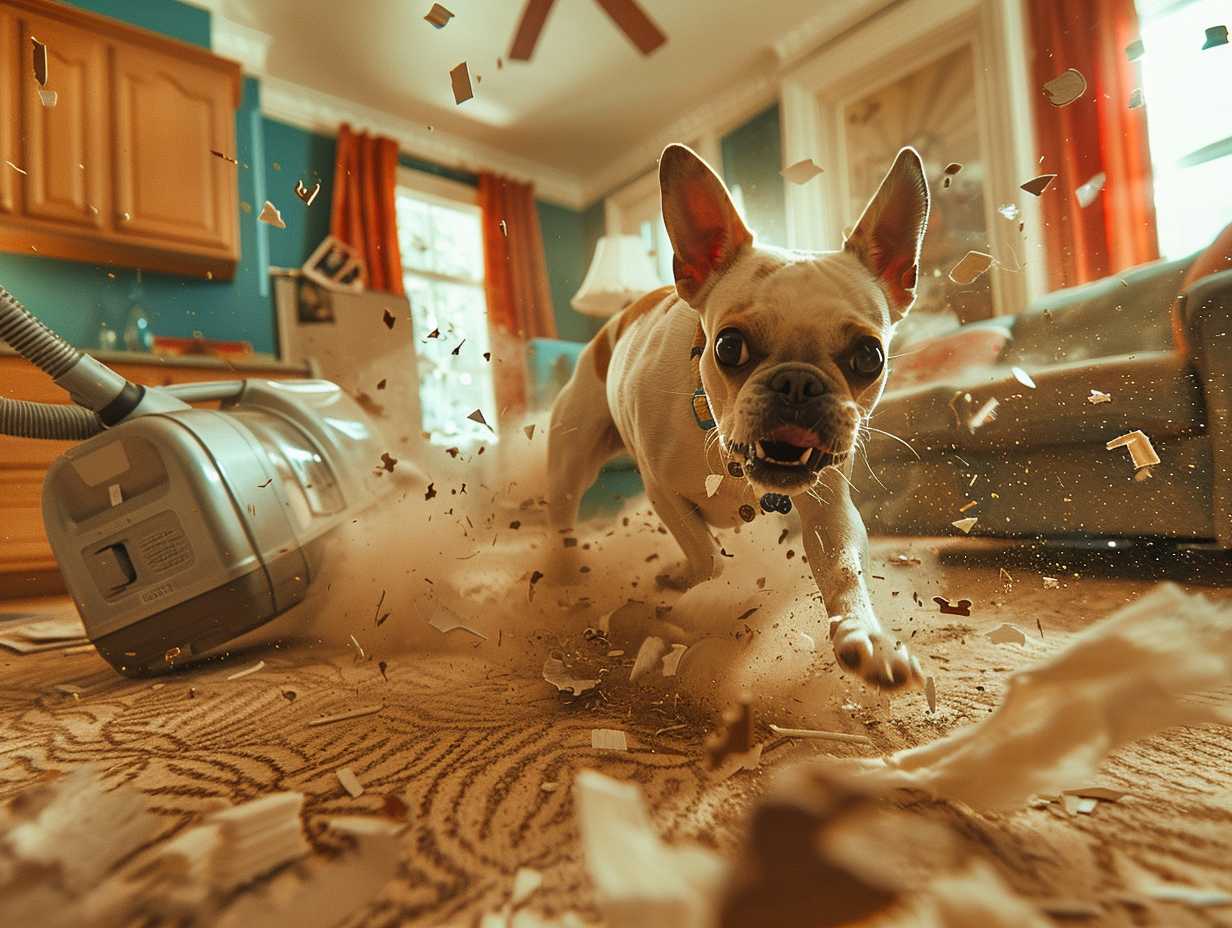
Experiencing a barrage of sensory stimuli can lead your canine companion to exhibit stress responses when confronted with a noisy and moving vacuum cleaner. Dogs have heightened senses compared to humans, making the loud noise and sudden movements of a vacuum cleaner overwhelming for them. The loud motor noise, the movement of the machine, the unfamiliar smells it may emit, and the vibration it creates on the floor can all contribute to sensory overload in your dog.
When faced with such overwhelming stimuli, dogs may exhibit stress responses such as barking, whining, hiding, or even aggression towards the vacuum cleaner. Some dogs may try to escape the situation altogether by running away or seeking a safe hiding spot. This stress response is a natural reaction to feeling overwhelmed and unsure about the unfamiliar and potentially threatening object in their environment.
Recognizing these stress responses in your dog and creating a safe and calm environment for them when using the vacuum cleaner is crucial. Providing your dog with a quiet and secure space away from the noisy cleaning can help reduce their stress and anxiety during vacuuming sessions.
Curiosity and Playful Behavior
Amidst the sensory overload and stress responses triggered by the vacuum cleaner, your dog’s curiosity and playful behavior may also come into play. The loud noise and sudden movements of the vacuum can pique your dog’s interest, leading them to investigate and even try to play with this strange, noisy ‘creature’ in their territory. Here’s why your dog’s curiosity and playful behavior might be contributing to their chase:
-
Exploration: Dogs are naturally curious animals, and the unusual sounds and movements of the vacuum cleaner may spark their desire to explore and understand this new object in their environment.
-
Chasing Instinct: Dogs have a natural instinct to chase moving objects, whether it be prey or a toy. The vacuum cleaner’s movements trigger this instinct in some dogs, leading them to engage in a playful chase.
-
Bonding and Interaction: Some dogs may see chasing the vacuum cleaner as a form of play and interaction with their owners. They might enjoy the attention and engagement they receive during this activity.
Ways to Help Dogs Overcome Fear
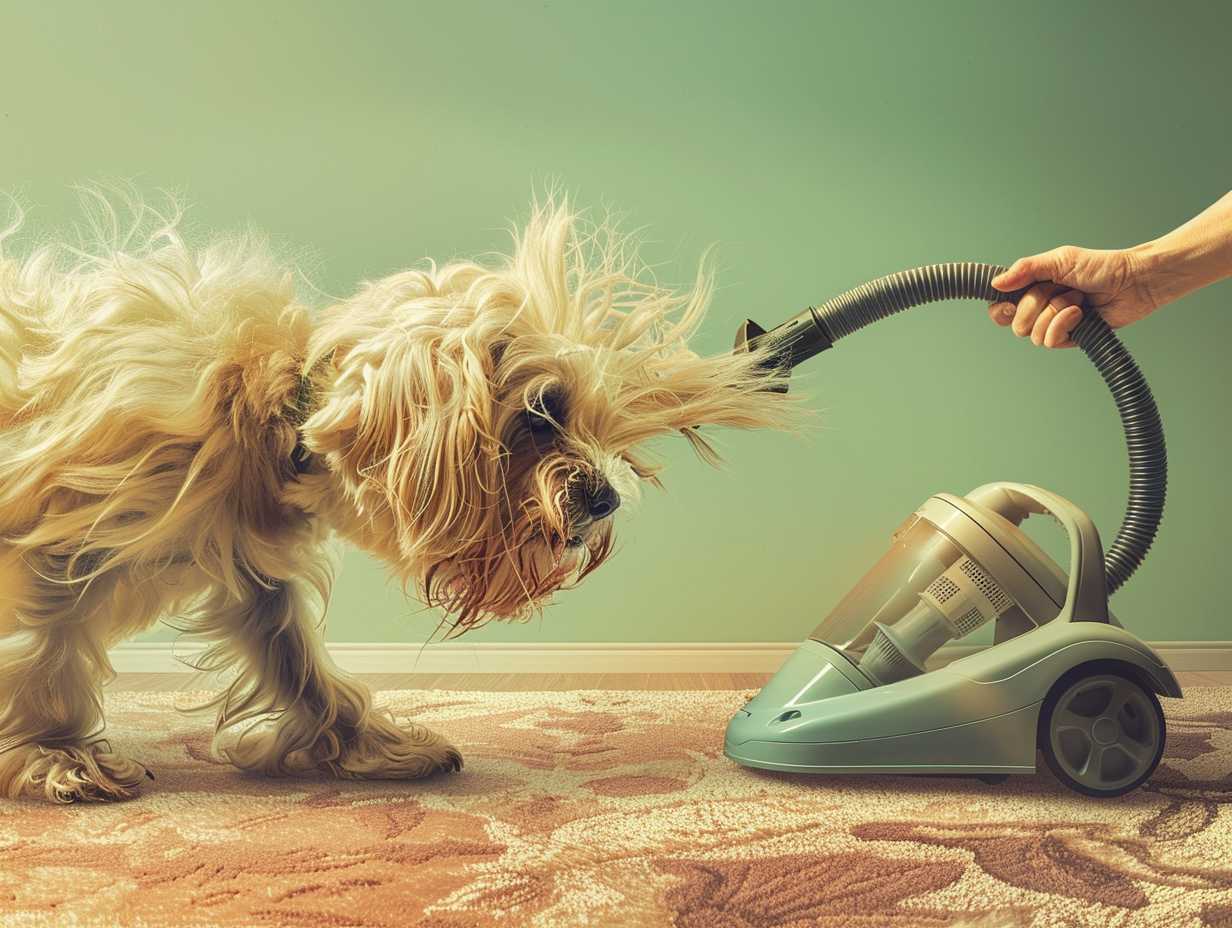
To assist your furry companion in overcoming their fear of the vacuum cleaner, consider implementing gradual desensitization techniques. This involves exposing your dog to the vacuum cleaner in a controlled and positive manner to help them become more comfortable with its presence over time. Here are some steps you can take to help your dog conquer their fear:
| Steps to Help Dogs Overcome Fear | Description | Example |
|---|---|---|
| Start with distance | Begin by keeping the vacuum cleaner at a distance where your dog feels safe. | Place the vacuum cleaner in a different room with the door closed. |
| Use positive reinforcement | Reward your dog with treats, praise, or playtime when they show calm behavior around the vacuum cleaner. | Give your dog a treat every time they approach the vacuum cleaner without showing signs of fear. |
| Gradually decrease distance | Slowly move the vacuum cleaner closer to your dog as they become more comfortable. | Move the vacuum cleaner a few feet closer each day while monitoring your dog’s reaction. |
Conclusion
Next time you see your dog chasing the vacuum cleaner, remember they may be driven by natural instincts, curiosity, or simply feeling overwhelmed.
By understanding their behavior and providing support, you can help them overcome their fear.
Just like a gentle touch can calm raging waters, your love and patience can help your furry friend feel safe and secure in any situation.
Disclaimer: Some information is provided through AI. Users should always conduct their own research and consult with qualified professionals before making any decisions.Affiliate information declaration: We may earn revenue from the products referred on this page and participate in affiliate programs.
